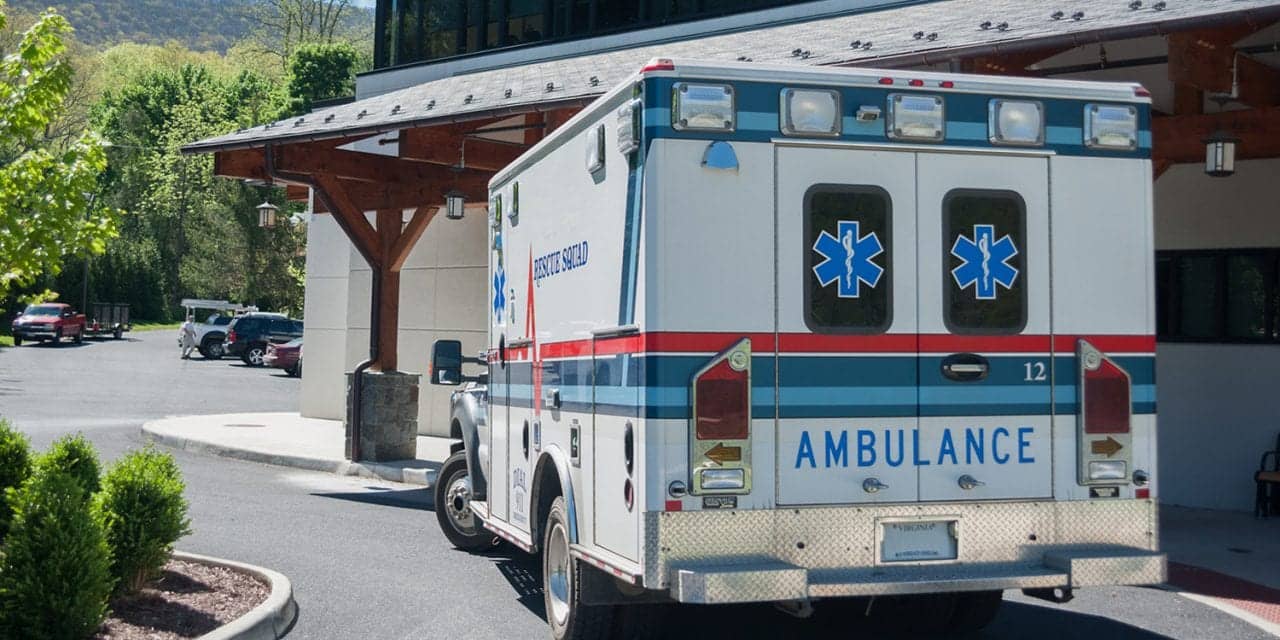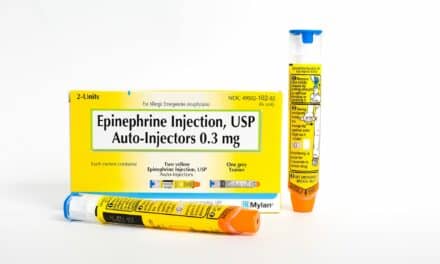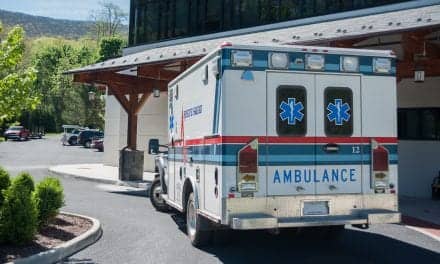Among resuscitated out-of-hospital cardiac arrest patients, 30-day survival rates were similar for those taken to a cardiac arrest center compared to those delivered to the geographically-closest emergency department, according to a randomized trial involving all hospitals in London. The study, presented this week at ESC Congress 2023,1 also found no overall difference in neurological outcomes at discharge and at three months between groups.
Sudden cardiac arrest causes one in five deaths in industrialized countries.2 Cardiopulmonary resuscitation by laypeople, early defibrillation and advances in management in-hospital have improved prognosis after out-of-hospital cardiac arrest (OHCA).3,4 Despite this, only one in 10 patients resuscitated from OHCA survive to hospital discharge.5 Cardiac arrest centers provide targeted critical care, acute cardiac care, radiology services and appropriate neuro-prognostication beyond what is available in conventional emergency departments.6 Data from non-randomized studies suggest that ambulance delivery of OHCA patients to specialist cardiac arrest centers improves survival;7,8 and there is a strong drive internationally to preferentially treat cardiac arrest victims at these centers.9 The International Liaison Committee On Resuscitation (ILCOR) therefore called for a randomized trial to generate more robust evidence.
The ARREST trial investigated whether expedited transfer of OHCA patients to a cardiac arrest centre reduces mortality compared with delivery to the closest emergency department. The trial also examined whether there was any difference in neurological outcomes with the two strategies. This was a randomized controlled trial conducted pre-hospital across the whole of London examining a pathway of care. Patients successfully resuscitated after an OHCA but without ST-elevation on their post-resuscitation electrocardiogram (ECG) were randomized pre-hospital to 1) expedited (rapid) delivery to a cardiac arrest centre (of which there are seven in London) or 2) delivery to the nearest emergency department (of which there are 32 in London), which is the current standard of care – both by the London Ambulance Service. In the intervention arm, paramedics alerted the receiving cardiac arrest centre prior to arrival.
The primary endpoint was all-cause mortality at 30 days in the intention-to-treat population. Secondary endpoints included all-cause mortality at three months and neurological outcomes at discharge and three months, assessed by the modified Rankin scale and cerebral performance category (CPC) score.
Between 15 January 2018 and 1 December 2022, 862 patients were enrolled, of whom 431 (50%) were randomly assigned by London Ambulance Service paramedics to expedited transfer to a cardiac arrest centre and 431 (50%) to standard care. Some 32% of participants were women.
The primary outcome of 30-day all-cause mortality occurred in 258 (63%) of 411 patients in the cardiac arrest centre group and 258 (63%) of 412 patients in the standard care group (unadjusted risk ratio [RR] for survival 1.00, 95% confidence interval [CI] 0.90 to 1.11, p=0.96; risk difference 0.2%, 95% CI -6.5 to 6.8). There was no difference in the secondary endpoint of three-month all-cause mortality between the two groups (RR 1.02, 95% CI 0.92 to 1.12; risk difference 1.0%, 95% CI -5.6 to 7.5). Neurological outcomes were similar at hospital discharge and three months for both the modified Rankin scale (odds ratio 1.00, 95% CI 0.76 to 1.32) and CPC score (0.98, 95% CI 0.74 to 1.30).
Study author Dr. Tiffany Patterson of Guy’s and St Thomas’ NHS Foundation Trust, London, UK said: “This study does not support transportation of all patients to a cardiac arrest centre following resuscitated cardiac arrest within this healthcare setting. Cardiac arrest centers are heavily resourced hospitals. If delivering these patients to such centers to receive multiple interventions does not improve overall survival, then these resources are better allocated elsewhere. Furthermore, if cardiac arrest patients are not taken to such hospitals, this frees up space for other emergency work – including trauma, ST-elevation myocardial infarction and acute aortic dissection – that requires high-dependency beds and the specialist input provided by these centers.”
Reference / Notes
1ARREST will be discussed during Hot Line 5 on Sunday 27 August at 11:15 to 12:15 CEST in room Amsterdam.
2Wellens HJJ, Schwartz PJ, Lindemans FW, et al. Risk stratification for sudden cardiac death: current status and challenges for the future. Eur Heart J. 2014;35:1642–1651.
3Perkins GD, Lockey AS, de Belder MA, et al. National initiatives to improve outcomes from out-of-hospital cardiac arrest in England. Emerg Med J. 2016;33:448-451.
4Hassager C, Nagao K, Hildick-Smith D. Out-of-hospital cardiac arrest: in-hospital intervention strategies. Lancet. 2018;391:989-998.
5Hayashi M, Shimizu W, Albert CM. The spectrum of epidemiology underlying sudden cardiac death
Circ Res. 2015;116:1887-1906.
6Wilcox J, Redwood S, Patterson T. Cardiac arrest centres: What do they add? Resuscitation. 2023;189:109865.
7von Vopelius‐Feldt J, Perkins GD, Benger J. Association between admission to a cardiac arrest centre and survival to hospital discharge for adults following out‐of‐hospital cardiac arrest: a multi‐centre observational study. Resuscitation. 2021;160:118–125.
8Chien CY, Tsai SL, Tsai LH, et al. Impact of transport time and cardiac arrest centers on the neurological outcome after out‐of‐hospital cardiac arrest: a retrospective cohort study. J Am Heart Assoc. 2020; 9:e015544.
9Sinning C, Ahrens I, Cariou A, et al. The cardiac arrest centre for the treatment of sudden cardiac arrest due to presumed cardiac cause—aims, function and structure: position paper of the Association for Acute CardioVascular Care of the European Society of Cardiology (ACVC), European Association of Percutaneous Coronary Interventions (EAPCI), European Heart Rhythm Association (EHRA), European Resuscitation Council (ERC), European Society for Emergency Medicine (EUSEM) and European Society of Intensive Care Medicine (ESICM). Eur Heart J Acute Cardiovasc Care. 2020;9: S193–202.









